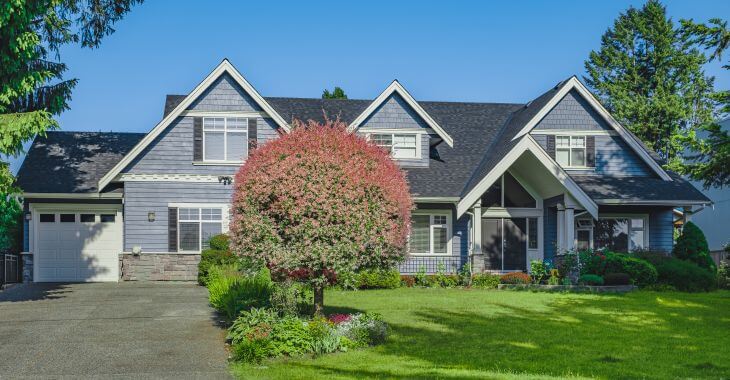No More Tolerance For Weeds?
It seems that everyone has a favorite solution for those persistent dandelions; yet, everyone seems to have them, to some degree. Truth is, weed control problems are minimal and more easily dealt with in healthy lawns that are well maintained.
Believe it or not, you can help prevent the proliferation of weeds in your yard by mowing it to the ideal cutting height for your type of grass. When cut no longer and no shorter than its optimal cutting height for good health and strong growth, grass will actually “out-compete” weeds as long as it is also properly fertilized and watered. Maintaining the correct height of your grass will also mean that you’re eliminating weed seed heads before they germinate in your lawn.
It is very important to identify which weeds are at home in your yard before beginning your treatment. There are basically three types of weeds, each requiring different treatments and applications, some of which are time sensitive. Broadleaf weeds can be controlled with the least amount of herbicide and with the smallest applicator, saving you time and money. Unfortunately, perennial grassy weeds aren’t touched by broadleaf killers and need to be treated with a nonselective (Roundup) herbicide, which means that each plant needs to be handled individually, as the nonselective herbicide will kill everything in the area. Crab grass, on the other hand, is best controlled by applying a preventer in the spring, between mowings, to keep the seeds from germinating.
Finally, don’t bother fighting weeds in areas where grass won’t grow. If all your efforts at growing grass have failed in a particular area of your yard then try other landscaping alternatives. Your local landscape professional can help with other creative ideas such as alternative plantings, decorative stone or mulch and water features.
